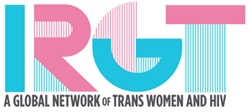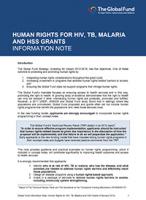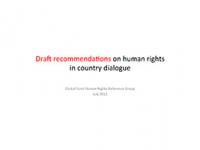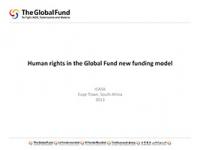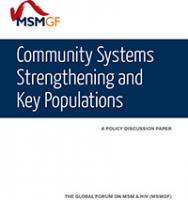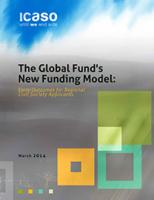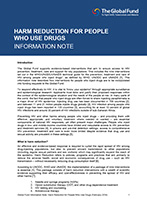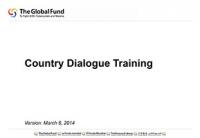
Integrating human rights considerations throughout the grant cycle;
Increasing investment in programs that address human rights-related barriers to access; and
Ensuring the Global Fund does not support programs that infringe human rights.
The Global Fund’s mandate focuses on ensuring access to health services and in this way, promoting the right to health. A growing body of evidence demonstrates that the right to health can only be realized if other intersecting human rights are protected, promoted and fulfilled. However, a 2011 UNDP, UNAIDS and Global Fund study found that in settings where key populations are criminalized, Global Fund proposals and grants often did not include human rights programs that benefit the populations who need those services most. In the new funding model, applicants are strongly encouraged to incorporate human rights programming in their concept notes.
